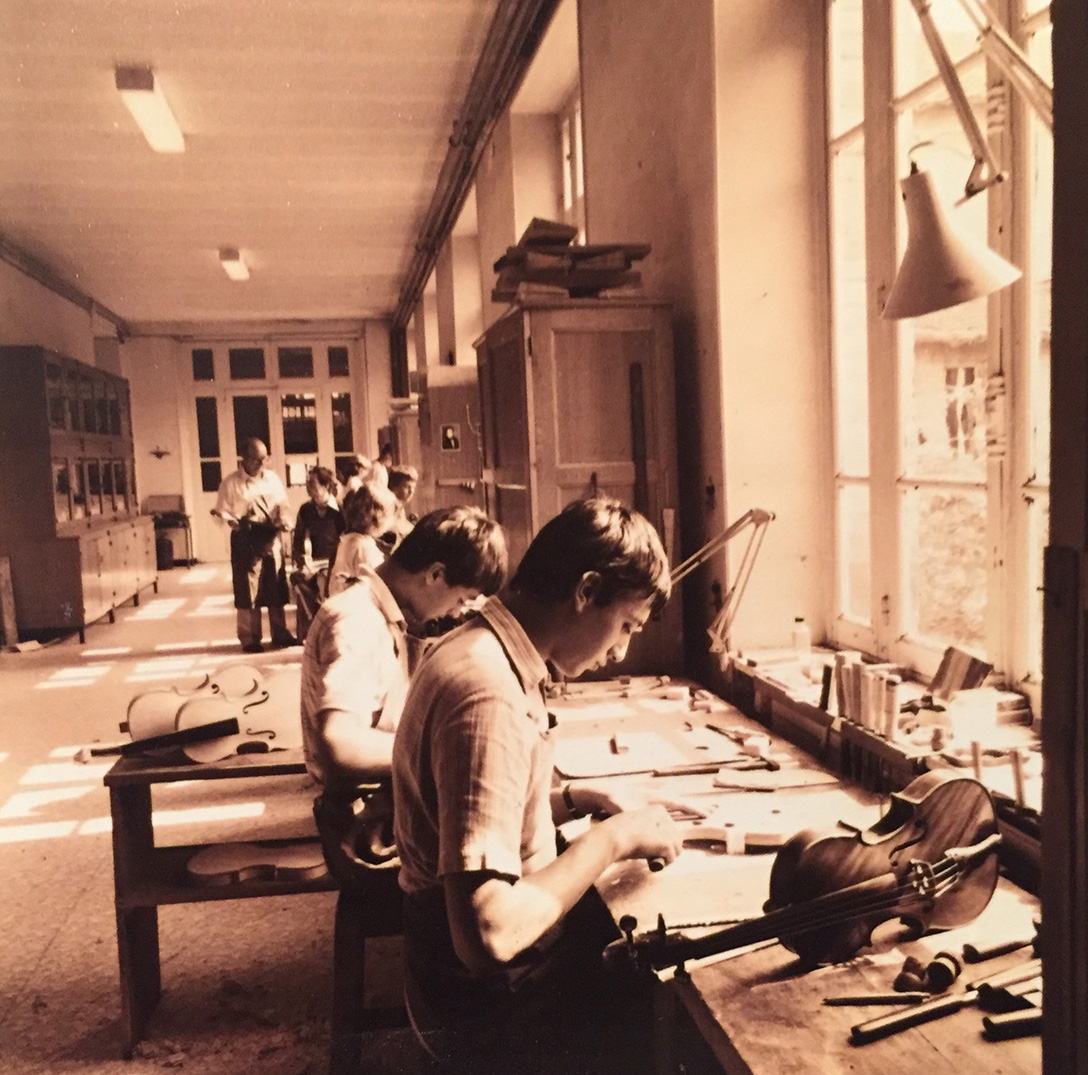
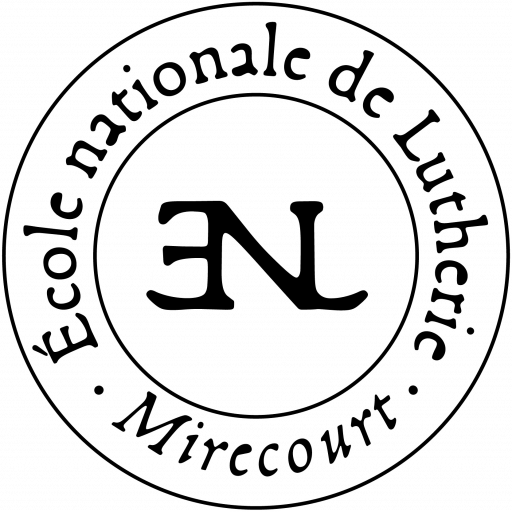
A turning point came in 1964 when André Malraux, then Minister of Cultural Affairs, tasked Marcel Landowski, a great music advocate, with reconciling people with music by creating schools and conservatories throughout the country.
This sustained effort aiming at making both instrumental and choral practice accessible to everyone also benefited instrument making, and French violin making in particular.
It then became obvious that it was necessary to both expand the number of bowed instruments available, and to rely on enough skilled people to ensure proper maintenance of these instruments.
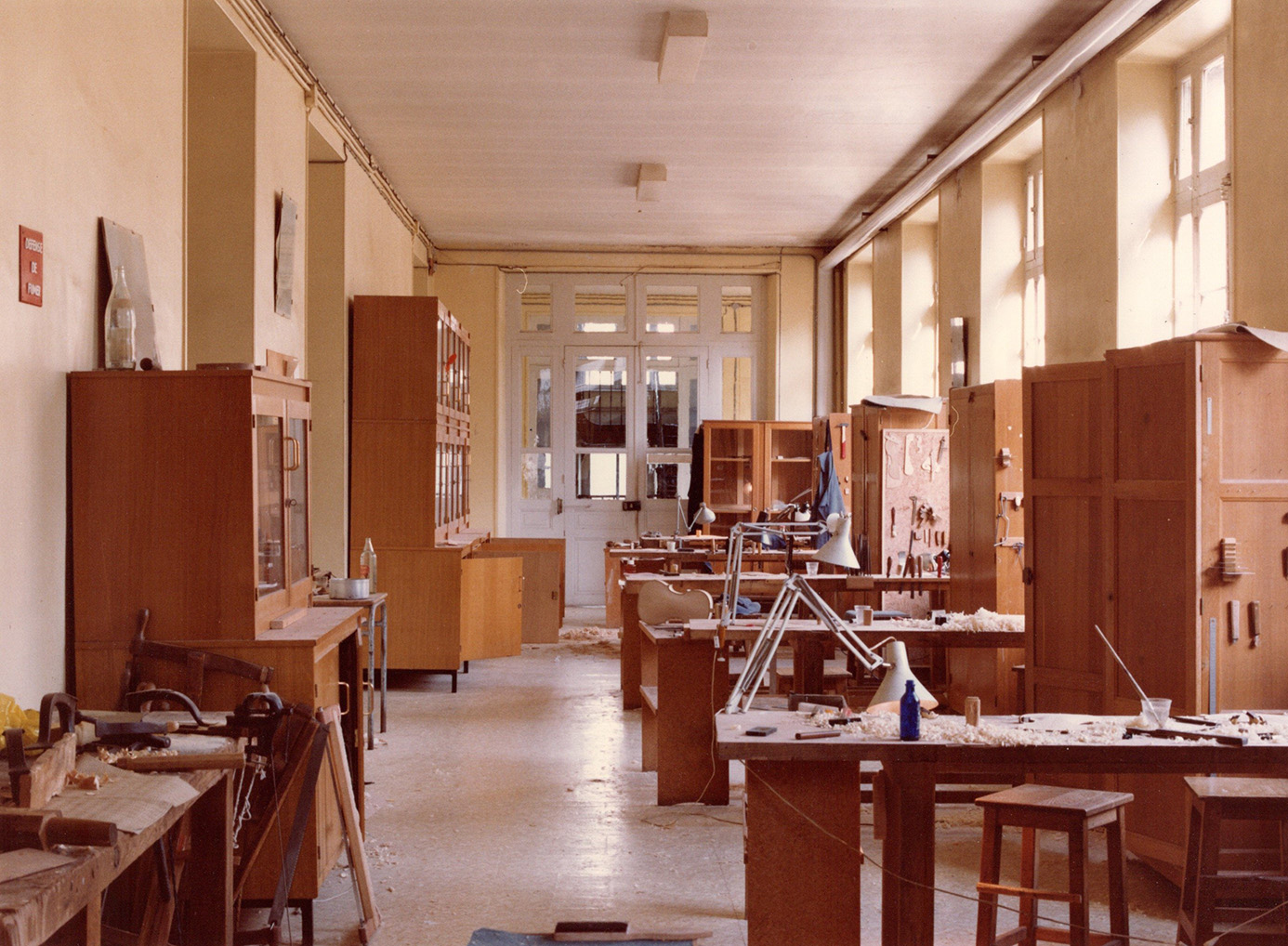
A bit of history
After the First World War and the 1929 crisis, the craft of violin making was declining, particularly in Mirecourt.
Strong competition from the radio (T.S.F.) and the development of microgroove records had a major impact on how people could listen to music and play an instrument.
Social customs changed, and popular music became more widespread, with a classical repertoire gradually giving way. So much that by the 1960s, there were hardly any violin making workshops left in France.
The last factory (Laberte) in Mirecourt closed shortly before 1970.
Only a dozen craftsmen remained, still making instruments by hand, many of them aging and nearing retirement.
However very few apprentices were trained, and the profession faced a serious generational challenge.
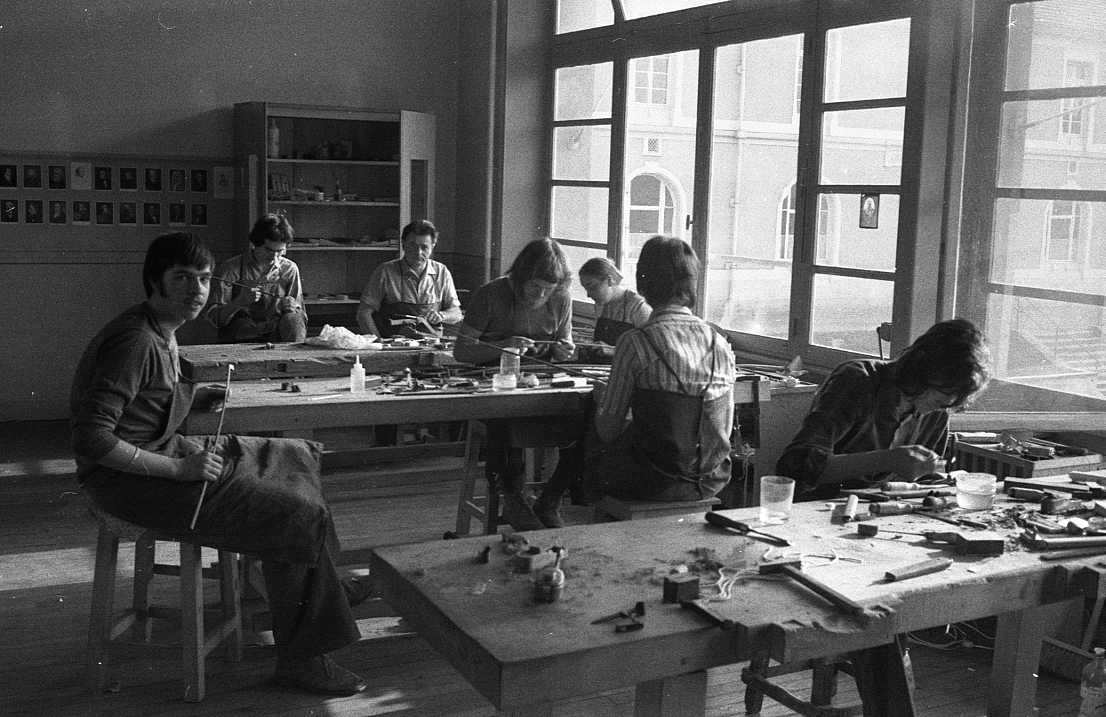
Thus, the idea of creating a specialised school became evident, and luthiers Étienne Vatelot, Jean Bauer, and Jean Schmitt took up the challenge.
At the request of the Groupement des Luthiers et Archetiers d’Art (GLAAF), with the support of the Ministries of Culture and Craftsmanship, and backed by local authorities, a violin making program was established at the Mirecourt high school.
In September 1970, the École Nationale de Lutherie opened its doors with five students, under the direction of René Morizot, a Mirecourt-based master luthier.
In September 1971, a bow making course opened in the same facilities, led by Bernard Ouchard, a bow maker also from Mirecourt. This course was no longer offered from 1979 onward.
Since then, more than 400 violin and bow makers have learnt the craft at the École Nationale de Lutherie de Mirecourt before refining their skills in France and around the world.
Years of existence
Natus error sit voluptatem accusantium doloremque laudantium, totam rem aperiam.
Students since 1970
Natus error sit voluptatem accusantium doloremque laudantium, totam rem aperiam.
The Mirecourt Music School
The practice of a bowed string instrument (violin, viola, cello, double bass) is part of the curriculum at the Lutherie School.
Located at 20 rue Clémenceau in the center of Mirecourt, the Communauté de Communes of Mirecourt-Dompierre operates a dynamic music school directed by Valérie Deybach.
An agreement links both institutions, allowing lutherie students to learn or improve their playing of string quartet instruments while engaging in collective practice and getting involved in uniting artistic projects, sometimes in collaboration with other educational structures (music schools, conservatories), cultural institutions (museums, media library, etc.) and other partners from Mirecourt and beyond.
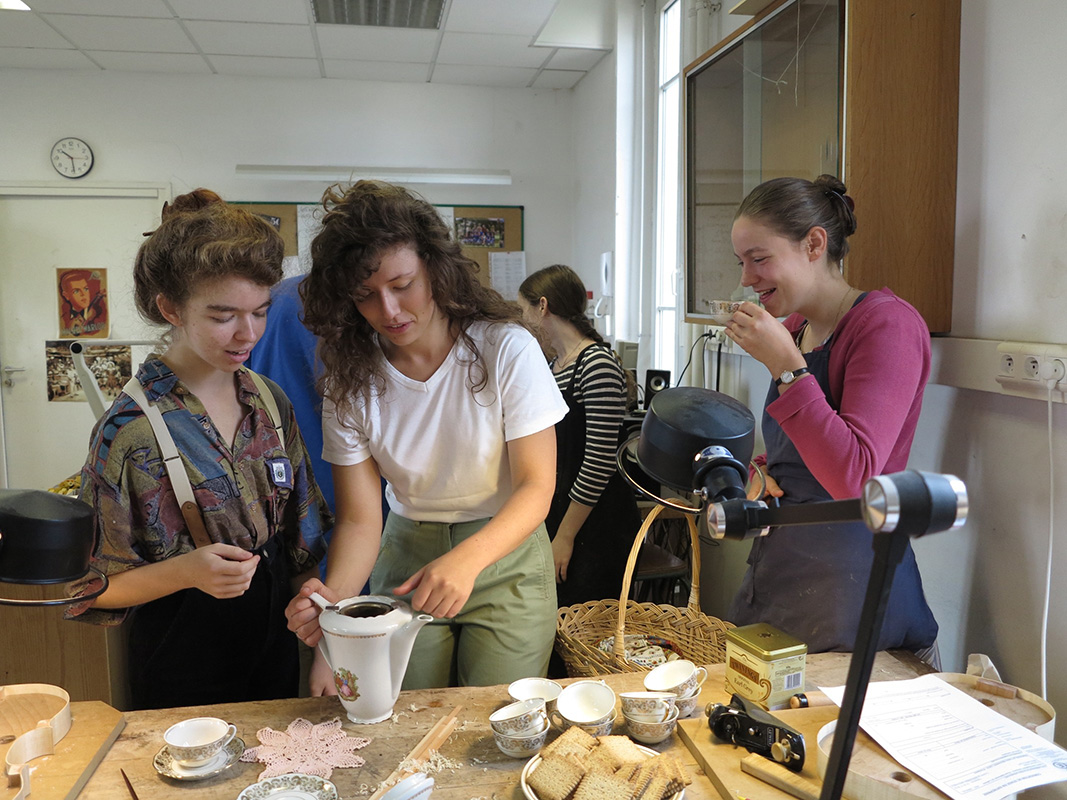
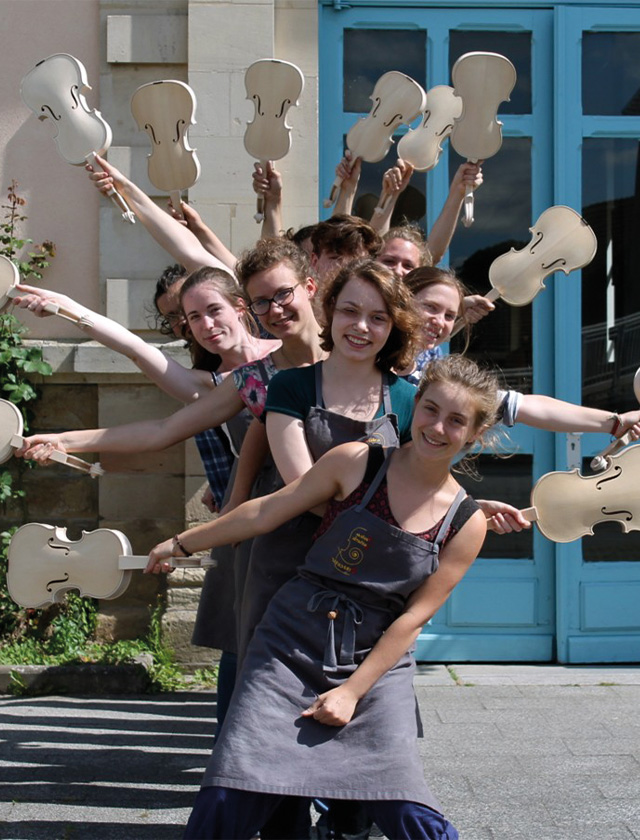
The music school hosts guest artists on a regular basis, giving students the opportunity to make exceptional encounters and to attend unique masterclasses. To name but a few : Diana Ligeti (cello), Svetlin Roussev (violin), Yann Dubost (double bass), L’Ensemble XXI, Gérard Caussé (viola), Gauthier Capuçon (cello).
The teaching staff of the music school, for bowed string instruments, includes:
- Yann Regnault, violin teacher
- Virginie Bourhaux, viola teacher
- Florent Bellom, cello teacher
- Hervé Perrin, double bass teacher
- Valérie Deybach, director of the music school
UN PEU D’HISTOIRE…
efzegregregrerg
Années d'existence
Natus error sit voluptatem accusantium doloremque laudantium, totam rem aperiam.
Élèves depuis 1970
Natus error sit voluptatem accusantium doloremque laudantium, totam rem aperiam.
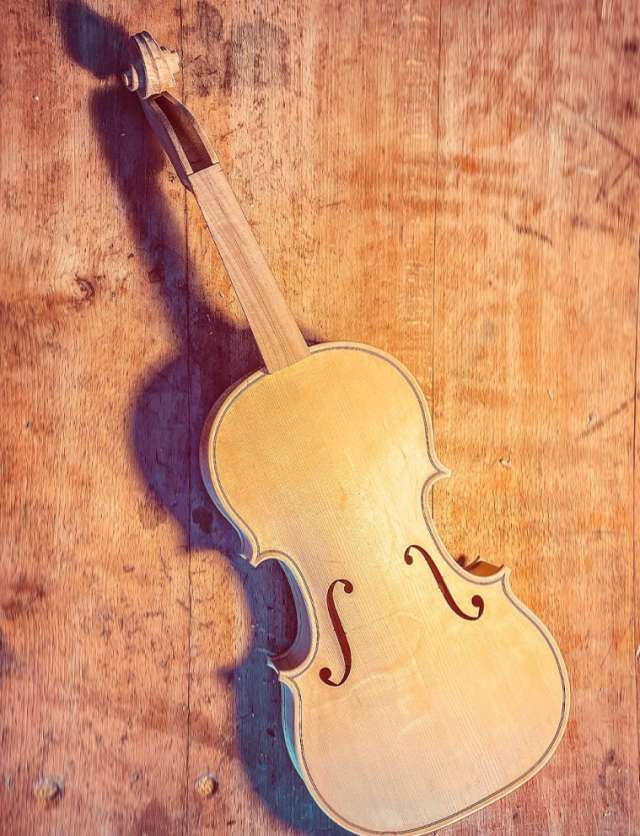
The next generation of French violin making.
The next generation of French violin making.
Discover current promotions
Since 2000, all second-year entrants have been given a first name linked to the great French luthiers.
ICF Canada Conference
12 passionate students, at the dawn of their journey in the meticulous art of traditional violin making.
2020 Coaching Conference
A know-how that is refined, from the first complete creations to the mastery of workshop gestures.
2020 Coaching Conference
Soon to graduate, these future luthiers refine their instruments with rigor and passion.





